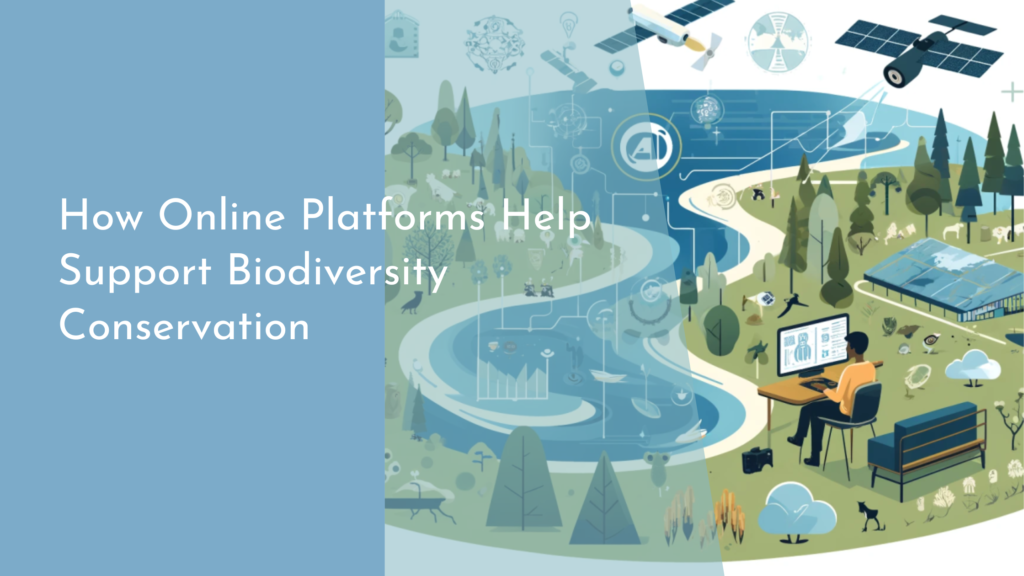Rainwater Harvesting in Arid and Semi-Arid Regions for Farming
In the sun-kissed expanse of arid and semi-arid regions, where the terrain is often painted in hues of brown and gold, raindrops can feel like precious jewels from the sky. Rainwater harvesting has emerged as a beacon of hope for farmers striving to turn their dry lands into lush gardens of abundance. By cleverly collecting and storing rainwater, farmers are not only combating the challenges posed by limited water resources, but they are also embracing a sustainable way of life that nurtures both their crops and the environment. Let’s dive into the transformative power of rainwater harvesting in farming across these challenging landscapes!
Harnessing Raindrops: A Farmer’s Best Friend in Dry Lands
When the heavens open up, it’s a moment of joy for farmers in arid regions. The scarcity of water often leads to anxiety, but the practice of rainwater harvesting transforms this uncertainty into a reliable source of irrigation. By capturing and storing rainwater during the rainy season, farmers can ensure they have water available during the dry spells that follow. This not only alleviates the stress of unpredictable weather patterns but also empowers them to plan their planting cycles more effectively.
Moreover, rainwater harvesting is a boon for soil health. The collected water is typically free from the chemicals found in many irrigation systems, making it a natural and nourishing resource for crops. When farmers use rainwater, they contribute to a healthier ecosystem that supports biodiversity, improves soil structure, and ultimately leads to higher yields. In dry lands, where every drop counts, rainwater becomes a farmer’s best friend, sparking a cycle of growth and sustainability.
From Drought to Delight: Transforming Water into Bounty
Imagine a landscape where crops flourish despite the relentless sun. With rainwater harvesting, this dream can become a reality. Farmers are transforming their fields from patches of drought into vibrant gardens by harnessing the power of rainfall. Techniques such as constructing small catchment areas, using eco-friendly materials for storage tanks, and implementing drip irrigation systems allow them to maximize their water usage. These methods ensure that every precious drop is utilized efficiently, leading to thriving crops that feed families and communities.
The impact of rainwater harvesting extends beyond agriculture. It fosters a sense of community as neighbors come together to share knowledge and resources. Farmers often engage in workshops to learn innovative practices, strengthening social ties and creating a shared sense of purpose. As they witness their drought-stricken fields bursting forth with life, the delight of working with nature rather than against it becomes palpable, inspiring a new generation of eco-conscious farmers.
Creative Solutions: Building Your Own Rainwater Reservoir
Building a rainwater reservoir is not just a practical solution; it’s also a creative endeavor that can bring joy and innovation to farming. Farmers can start small by constructing simple systems using barrels or tanks placed strategically around their properties. With a little imagination, each reservoir can become a centerpiece of sustainability, adorned with colorful designs or surrounded by native plants that enhance the landscape.
More advanced solutions include creating larger underground tanks or ponds that can hold significant amounts of rainwater. These can be dug into the ground and covered with natural materials, blending seamlessly into the environment. Using recycled materials or local resources not only reduces costs but also minimizes the carbon footprint of the project. Each reservoir becomes a testament to human ingenuity, channeling the energy of the rain into a wellspring of life for crops to thrive.
Growing Green: How Rainwater Fuels Flourishing Farms
As the reservoirs fill with rainwater, so too do the hopes and dreams of farmers. With a reliable water source on hand, they can cultivate a wider variety of crops, from staple grains to vibrant vegetables and fruits. The ability to grow diverse crops not only enhances food security but also allows farmers to tap into local markets and improve their livelihoods. As the landscape shifts from dusty fields to green patches of produce, the sight is nothing short of inspiring.
Additionally, rainwater harvesting fosters resilience against climate change. Farmers who depend on this practice are better equipped to handle fluctuations in seasonal rainfall and extreme weather patterns. The flourishing farms serve as proof that by embracing sustainable practices, communities can thrive even in the face of adversity. With every harvest, the story of transformation continues—one that celebrates the power of rainwater to turn arid landscapes into oases of green.
In the arid and semi-arid regions of the world, rainwater harvesting is more than just a method of irrigation; it’s an invitation to embrace creativity, resilience, and a flourishing future. With each drop collected, farmers are painting a brighter and greener picture for themselves and their communities. As they harness the water from the skies and turn it into bounty, they embody the spirit of ingenuity and hope. Through rainwater harvesting, the dream of thriving farms and sustainable living is no longer a distant wish, but a vibrant reality—a celebration of life in harmony with nature!


